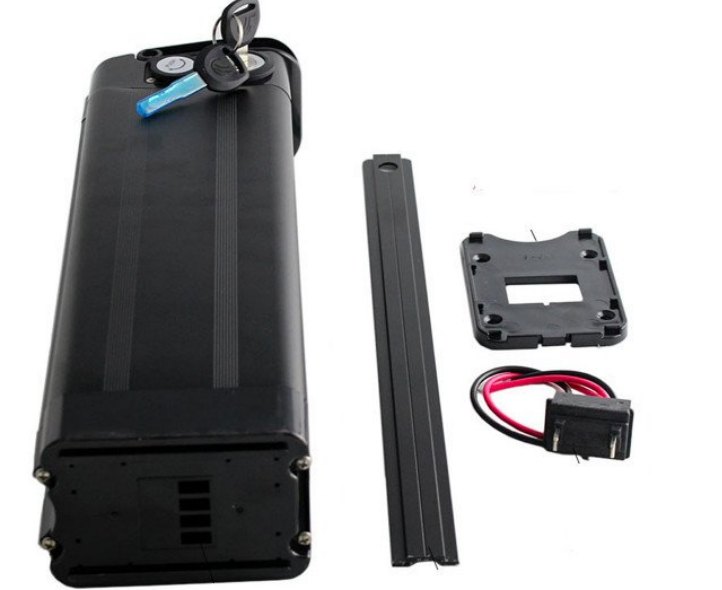© Copyright 1976-2017 Shenzhen Vodno Technology Co., Ltd All rights reserved. Powered by iwonder.cn
For every electric bicycle, there is always that component that brings them together - the power source. However, this power source, which may be a lithium battery or other types of battery has to be constanyl charged for it to perform it duties effectively.
So, in this article, we shall be considering those things that are likely to happen when you deep charge or overcharge your electric bicycle battery pack.
The charging process of a lithium – Battery involves constantly supplying it with current until a voltage of 4.2 V is reached. Thereafter, the voltage is kept constant, and charging continues for a certain time. The charger then switches off further charging either after a preset time or when a minimum current is reached.
The charger switches off to avoid the continuous flow of current. Nevertheless, supposing the charger fails to switch off, then the cell through a passive component, switches off the charging in the cell. This is a protective measure by the circuit and possibly a passive electronic component located in the cell.
This is put in place to ensure the safety of the users. This suggests that for optimum performance, the charging of lithium batteries must follow certain laid down procedure and recommended timings.
We have earlier stated that either the charger or the protection circuit switches off to stop the charging. This protective measure is to prevent excess energy from entering the cell. If neither of this happens, the voltage in the cell rises.
This increase in the cell voltage is what is called over – charging. Overcharging is not only bad for the battery life, it is a serious safety risk for the user. And because energy is associated with heat, the excess energy in the cell, generates heat which sometimes leads to what is called ‘thermal runaway’.
According to Dr. Jürgen Heydecke, the temperature in the cell gives rise to chemical reactions and these reactions proceed exponentially until it can no longer be stopped.
In the case of lithium-batteries, this can lead to the cell opening and possibly burning down.
“With lithium-polymer batteries, it should also be noted that gas formation can occur in the cell, which leads to the severe swelling of the cell.” The next step would also be thermal runaway and, thus, burnout.”

Deep discharge occurs when the cell voltage drops significantly below the cut-off voltage. It does not lead to any safety problems, however, with time, the cell performance is destroyed and the battery swells up.
Research shows that if a battery is deeply discharged, special care must be taken during the subsequent recharge. With the aid of very low current, an attempt must be made to rebuild the basic voltage so that charging can then resume normally from 3 Volts.
The users must ensure that compactible chargers are used to prevent damaging the batteries.
Compatibility here has to do with the power rating of the chargers. In case of an emergency, the protective mechanism can take effect and prevent the hazards associated with overcharged lithium batteries.
In case you are in need of the best quality lithium batteries pack, kindly feel free to contact us and we are at your service 24/7.